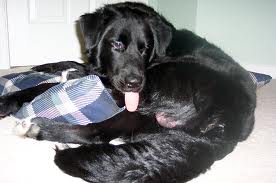
Dog Attacks his Penis
My dog is a two year old mixed shepherd and after finishing his obedience and protection training he started to behave very weirdly,he is attacking his penis!! It has been 10 months now and he is not getting better at all! In addition to being very aggressive, two vets in Lebanon diagnosed this case as a psychological case. One of them said that he should take a medicine called Prozac as well as letting him play and do everything to get rid of the stress inside him, also a dog trainer said that he needs to get married. I do not know what to do to heal my dog – please help me.
